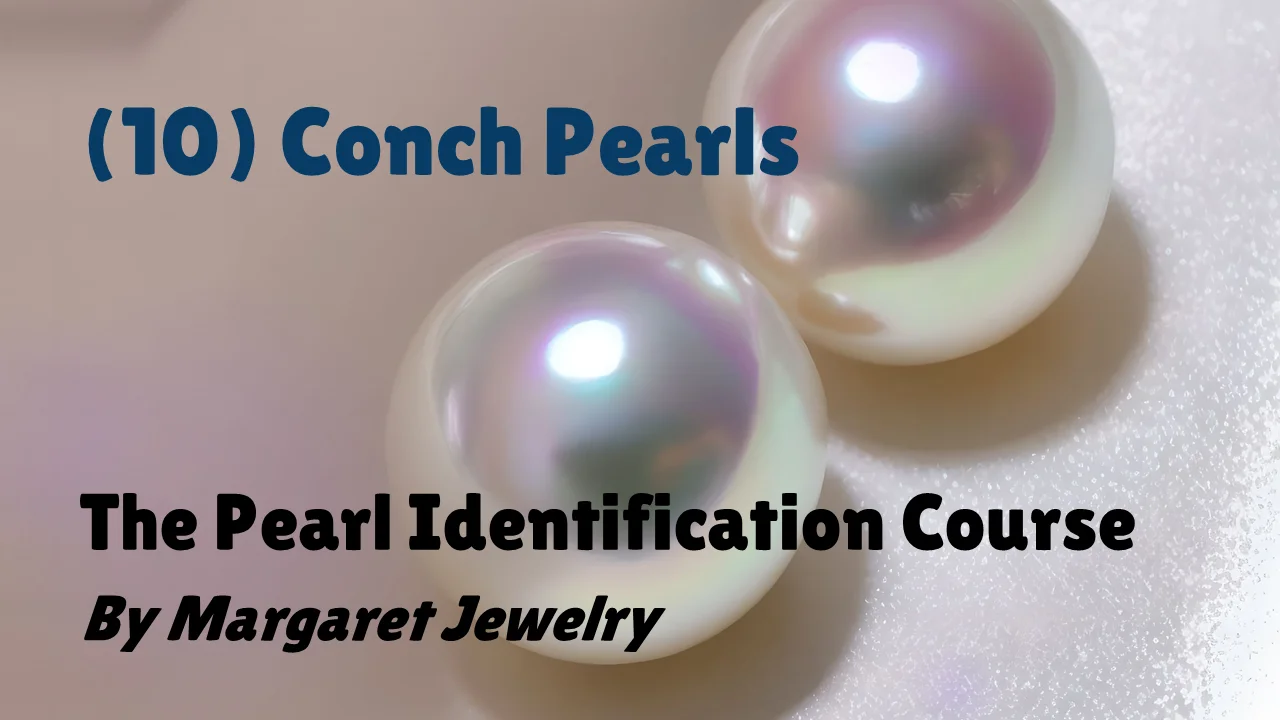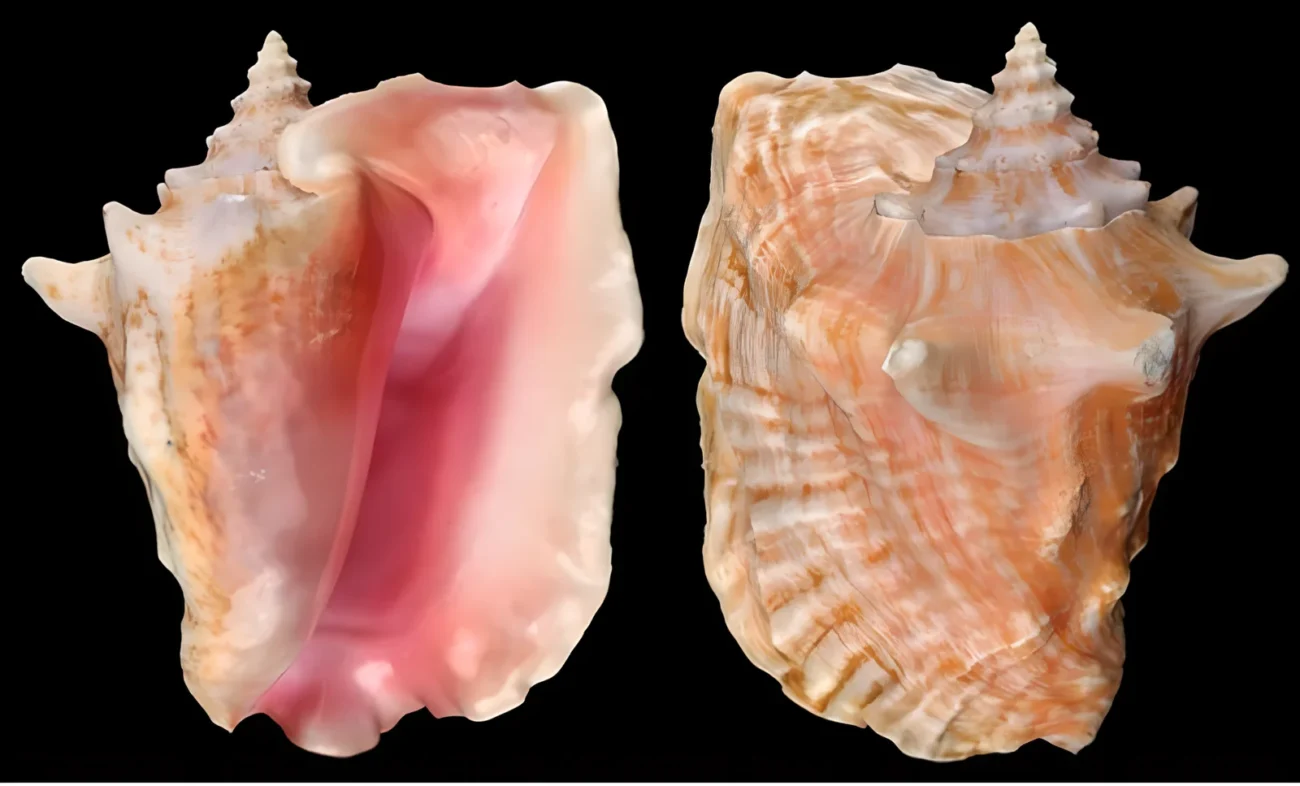Lesson10: Conch Pearls

1. Introduction
Also known as “Conch Pearls,” the vast majority are wild and natural. Large-scale artificial cultivation is currently not achievable.
2. Origin
Conch pearls are mainly found in the Caribbean Sea, particularly in regions like the Bahamas, the Dominican Republic, the Yucatán Peninsula, and the shallow waters around the Gulf of Honduras.
3. Mother Mollusk
The Queen Conch (Strombus gigas) produces these pearls. This large, pink-lipped mollusk was historically a food source for local populations. Due to the complex internal structure of the Queen Conch, conch pearls cannot be artificially cultivated. Each pearl’s formation is a rare and natural event.
4. Characteristics
Conch pearls typically have irregular shapes, including oblong, pear-shaped, or baroque forms. Their colors are mainly pink or peach, with some being pure white. The most notable feature is the “flame structure” — a delicate pattern of pink striations varying in intensity. This natural texture is a key characteristic used to identify authentic conch pearls, enhancing their unique charm.


5. Production
The production of conch pearls is extremely limited due to strict formation conditions. Statistics show that only a few conch pearls are found among thousands of Queen Conchs. Additionally, those with gemstone quality are even rarer than melo melo pearls, with the occurrence rate possibly lower than 10%.
6. Value
Conch pearls are highly valued in the market and considered a luxury in the jewelry world. The price per carat can reach tens of thousands of dollars, surpassing many gemstones, including diamonds. Often referred to as the “Rolls-Royce of the Pearl World,” they are cherished by collectors and high-end jewelry designers.
